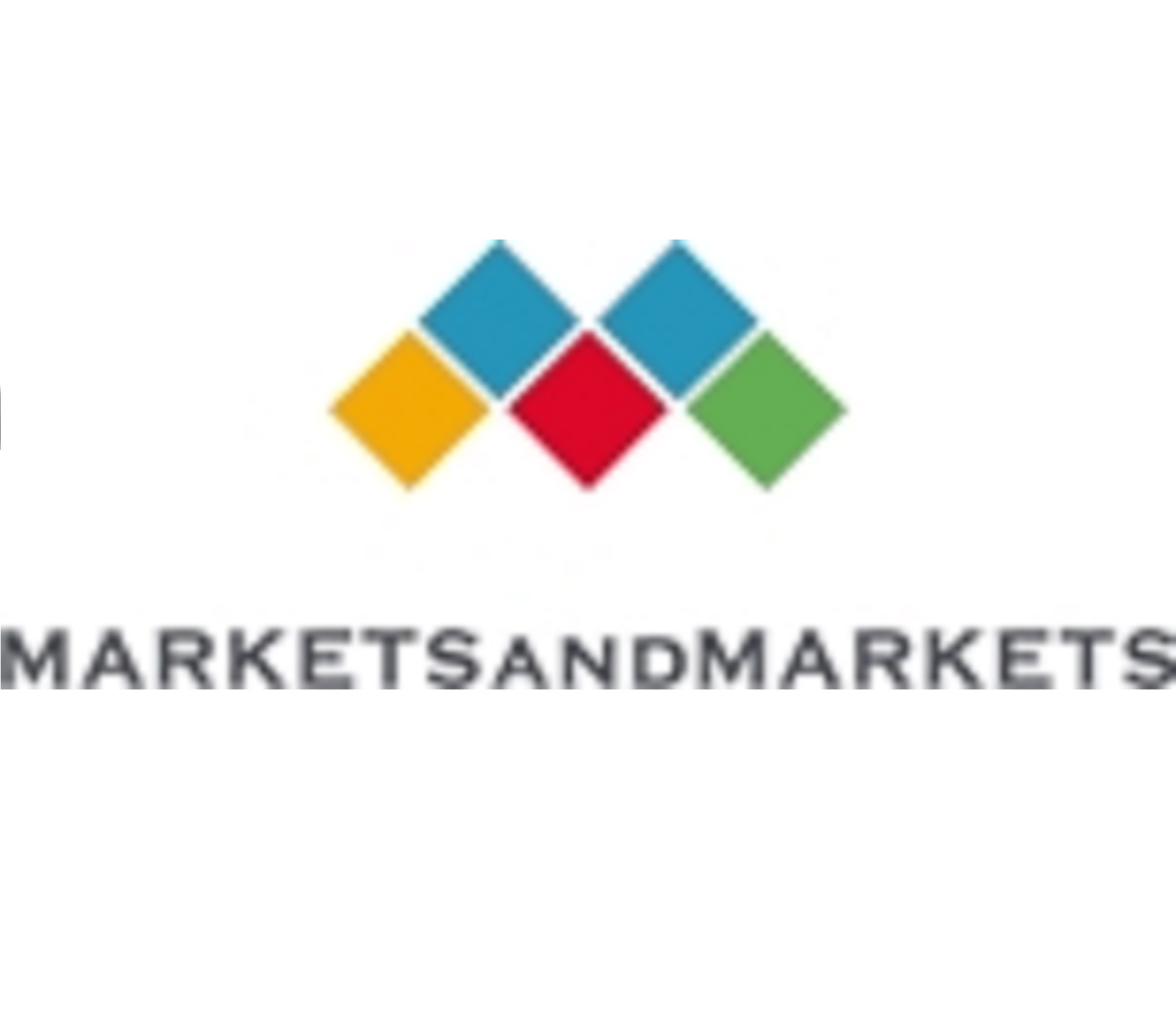
A DevSecOps certification distinguishes professionals from their colleagues and shows their dedication to lifelong learning and professional advancement. Employing certified individuals enables companies to show stakeholders and clients that they are committed to secure software development practices.
Holding a DevSecOps certification can open up new career opportunities and potentially lead to higher-paying roles. It can also position you as a valuable asset within your organization. DevSecOps emphasizes collaboration between development, operations, and security teams. With this certification, you'll be better equipped to foster collaboration and communication across these departments.
Pursuing and maintaining a DevSecOps certification shows your dedication to continuous learning and professional development, which is highly valued in the IT industry.
DevSecOps is an approach to software development that integrates security practices into the DevOps process, aiming to deliver secure and high-quality software at a faster pace. Here are the key concepts of DevSecOps:
Shift-Left Security: This concept emphasizes moving security considerations earlier in the software development lifecycle. This means addressing security concerns from the very beginning of the development process, rather than treating them as an afterthought.
Automation: DevSecOps heavily relies on automation to integrate security checks and processes seamlessly into the development pipeline. This includes automated testing, code analysis, vulnerability scanning, and compliance checks.
Collaboration and Communication: DevSecOps promotes strong collaboration and communication between development, operations, and security teams. This ensures that all stakeholders work together towards common goals, rather than operating in silos.
Continuous Integration/Continuous Deployment (CI/CD): CI/CD pipelines are central to DevSecOps. They allow for the automated building, testing, and deployment of code changes. Security checks are integrated into these pipelines to ensure that security is part of the continuous delivery process.
Security as Code: This involves treating security configurations, policies, and controls as code. This way, they can be versioned, tracked, and managed using the same processes as software code.
Infrastructure as Code (IaC): DevSecOps extends the IaC concept to include security configurations. This ensures that security settings for infrastructure are defined and managed in code, making them more consistent and less prone to human error.
Compliance and Governance: DevSecOps includes practices for ensuring that software development and deployment adhere to regulatory compliance and governance requirements. This is crucial for industries with strict security and privacy standards.
Continuous Monitoring and Feedback: DevSecOps emphasizes continuous monitoring of applications and infrastructure for security vulnerabilities or anomalies. This allows for timely identification and mitigation of security issues.
Threat Modeling: This involves identifying potential security threats and vulnerabilities early in the development process. It helps in designing security controls and countermeasures proactively.
Container Security: With the growing popularity of containerized applications, DevSecOps includes practices for securing containers and container orchestration platforms like Kubernetes.
Incident Response Integration: DevSecOps incorporates incident response practices, ensuring that there are clear processes for identifying, reporting, and responding to security incidents in a timely manner.
Education and Training: DevSecOps encourages ongoing education and training for all team members, so they are equipped with the necessary skills and knowledge to implement security best practices effectively.
By embracing these key concepts, organizations can build a culture of security-conscious development, ensuring that software is not only functional and efficient but also secure and resilient to cyber threats.




























